Explanation
Gwangseongbo Fortress’s outer wall from the Goryeo era was mended in 1618. The fortress was built in 1656 and the outpost was constructed in 1679. It was completely remodeled into
a masonry castle with gates in 1745. During Sinmiyangyo (the American invasion in 1871), Gwangseongbo was the fiercest battle ground in Ganghwa. On April 24, 1871, a
fleet with 1,230 American naval forces led by Rear Admiral John Rodgers landed on Ganghwado Island to demand the
opening of Korea's ports and commerce. The armed forces attacked Chojijin Fortress
and Deokjinjin Camp, then marched to Gwangseongbo Fortress, where they engaged in close combat with the warriors of Joseon. Although General Eo Jae-yeon and the other warriors were poorly equipped with far inferior weapons, they bravely fought to the
death against the invading forces.
The battlefield ruins of the fortress and the gate towers such as Anhaeru, Gwangseongdon, Sondolmokdon, and Yongdudon were repaired
in 1977. The twin tombs of General Eo Jae-Yeon and his brother Eo Jae-seon, along with the anonymous tombs of warriors who died on the battlefield were
also honorably arranged at the same time. Furthermore, a stone monument commemorating the restoration of Ganghwa Battlefield was erected on Yongdudondae Post.
In 1988, an extensive rest area was created toward the shore for visitors’ convenience. Gwangseongbo Fortress is presently designated as Historical Relic No. 227. A religious service known as Gwangseongje is held annually to commemorate the patriotic spirits of General Eo Jae-yeon and other unnamed warriors. This service takes place at 11 a.m. on every April 24th of the lunar calendar.
Inquiry
+82-32-930-7070
Homepage
www.ghss.or.kr (Korean only)
www.cha.go.kr (Korean, English, Japanese, Chinese)
Information Use
Contact and Information : • 1330 Travel Hotline: +82-2-1330
(Korean, English, Japanese, Chinese)
• For more info: +82-32-930-7070
Parking facilities : Available
Day off : N/A (Open all year round)
Hours : 09:00-18:00
More information
Restrooms
Available
Admission Fees
Adults: Individuals 1,100 won / Groups 1,000 won
Children & Teenagers: Individuals 700 won / Groups 600 won
* Groups: 20 people or more
* Free admission: Preschoolers (ages 6 or younger) with one companion, Senior citizens (ages 65 or more), People with disabilities plus one companion (Proof required)
* Ganghwa-gun Main Tourist Sites Discount (up to 20% discount)
Main tourist sites: Chojijin Fortress, Deokjinjin Fortress, Gwangseongbo Fortress, Gapgotdondae Fortification, Goryeogung Palace Site, Peace Observatory, Hwamunseok Cultural Center, Ganghwa History / Natural History Museum, Manisan Mountain, Mudflat Center, and Hamheodongcheon Stream
- 15% discount: 3-4 sites
- 20% discount: 5 or more sites
* When choosing 8 sites or more, the ticket is valid until the next day
Interpretation Services Offered
Not available
Location
27, Haeandong-ro 466beon-gil, Ganghwa-gun, Incheon
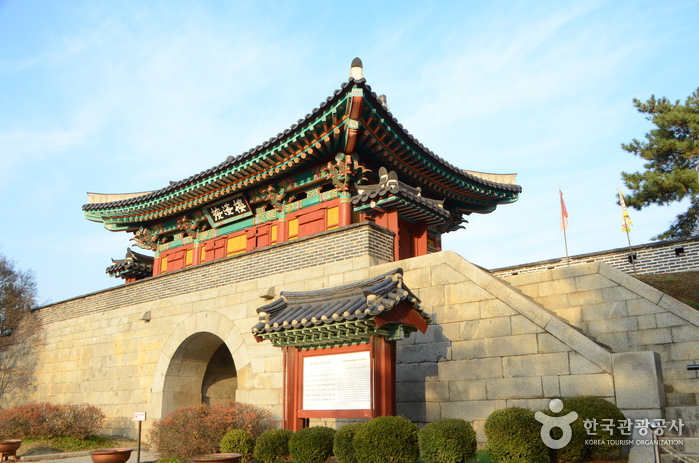
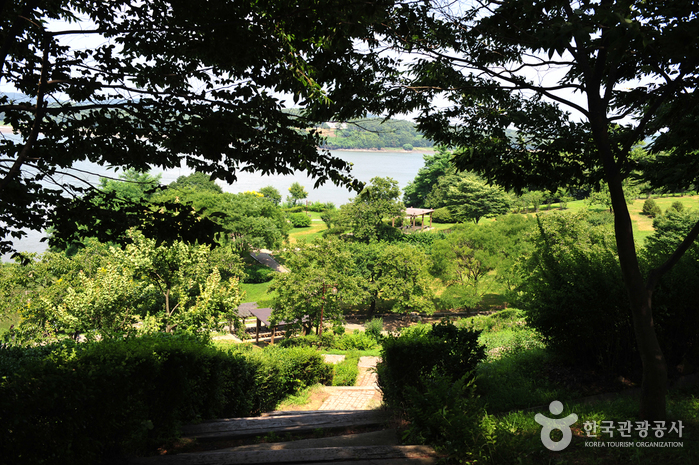
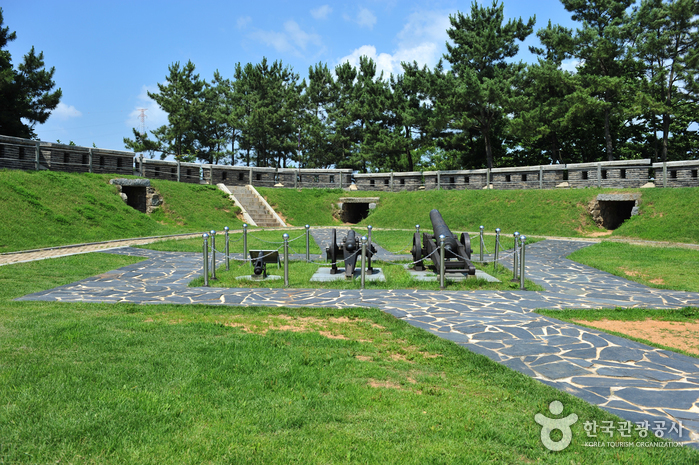
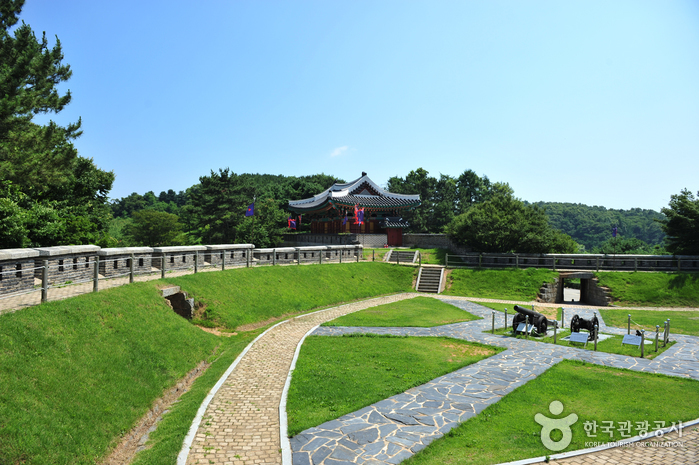
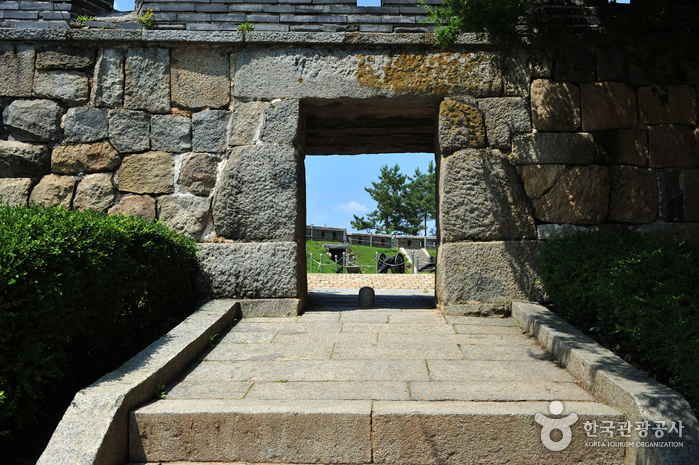
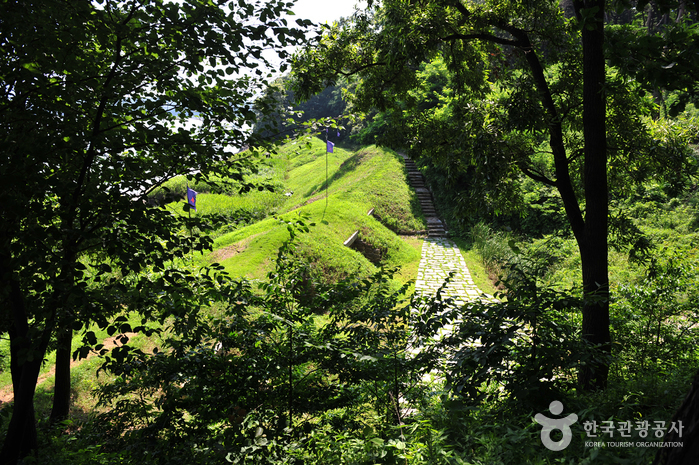
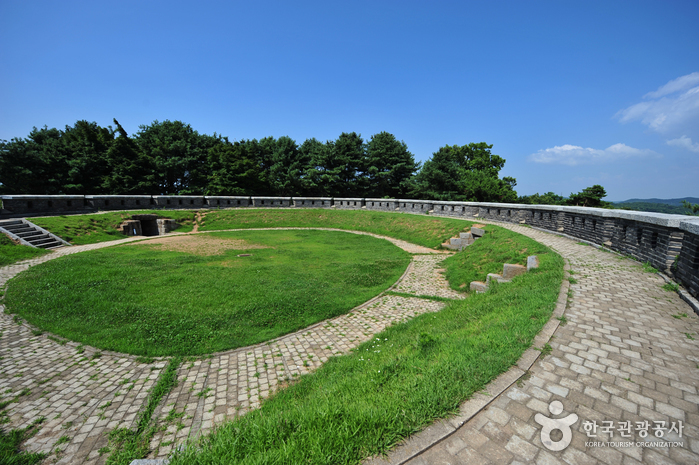
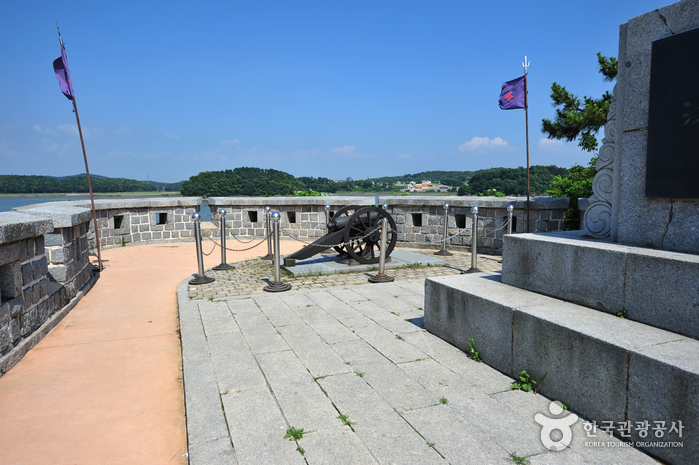
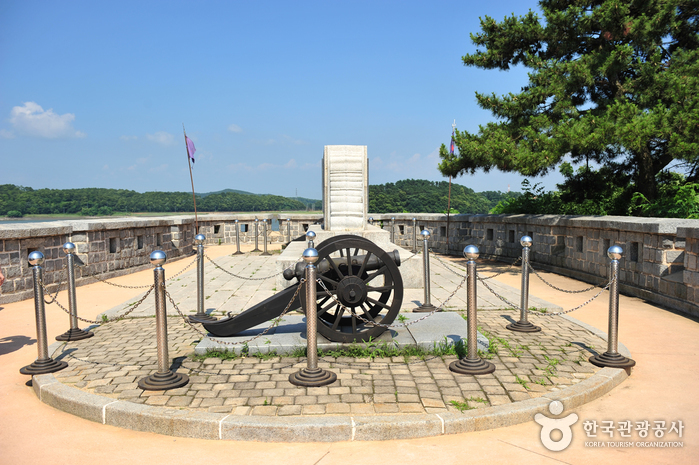
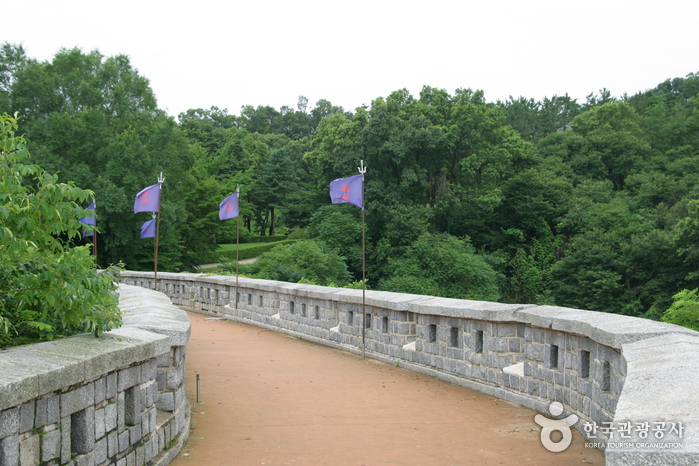
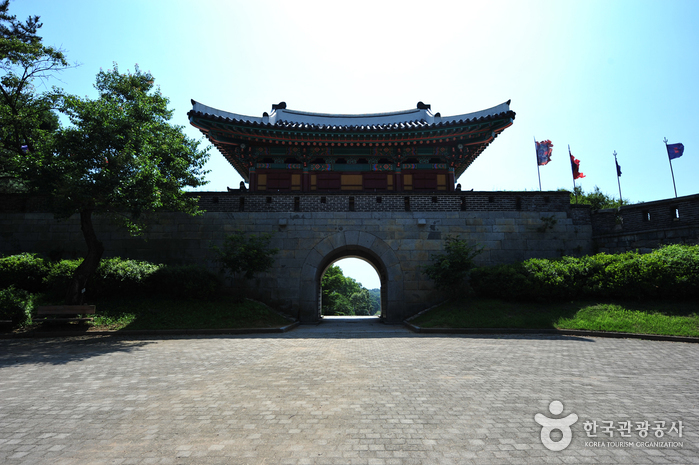
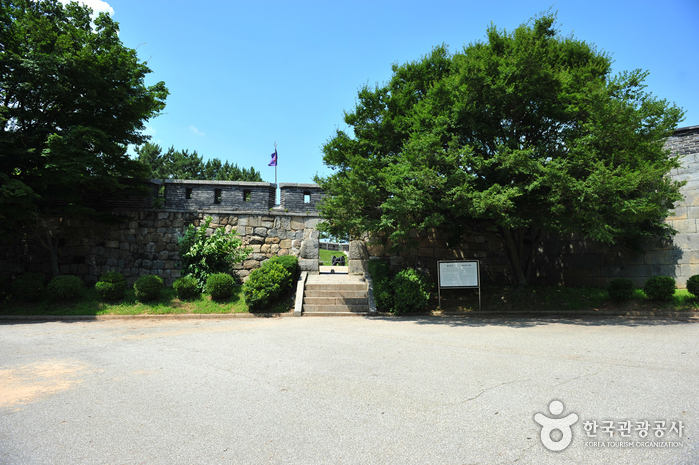
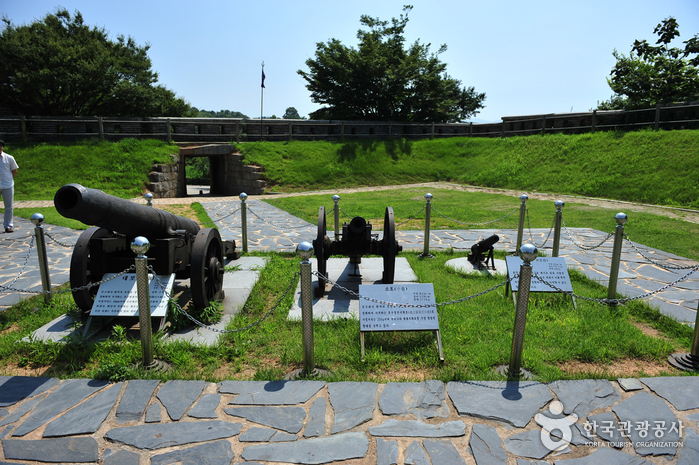
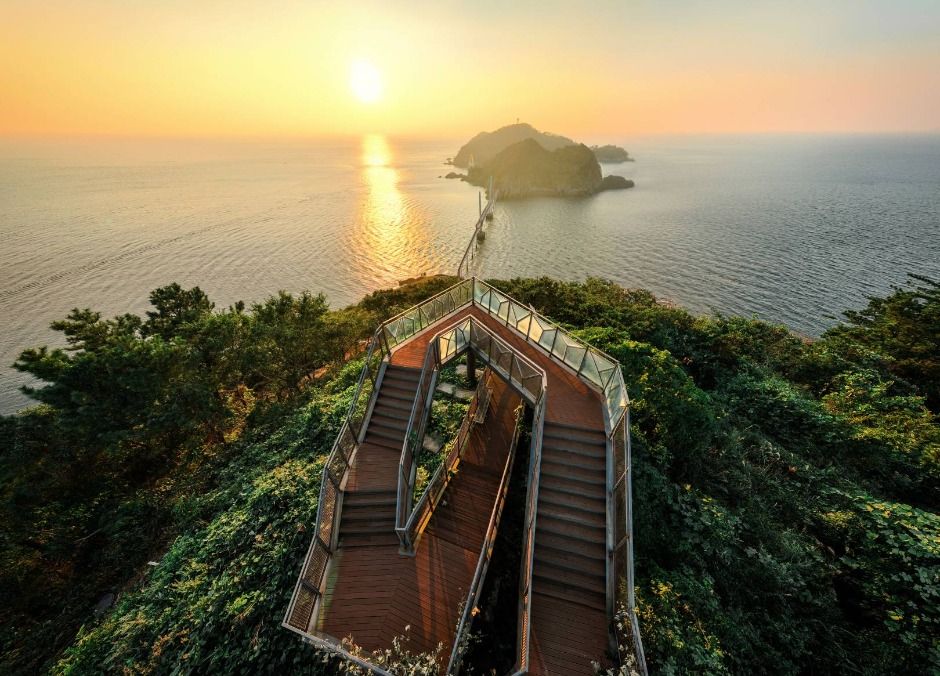
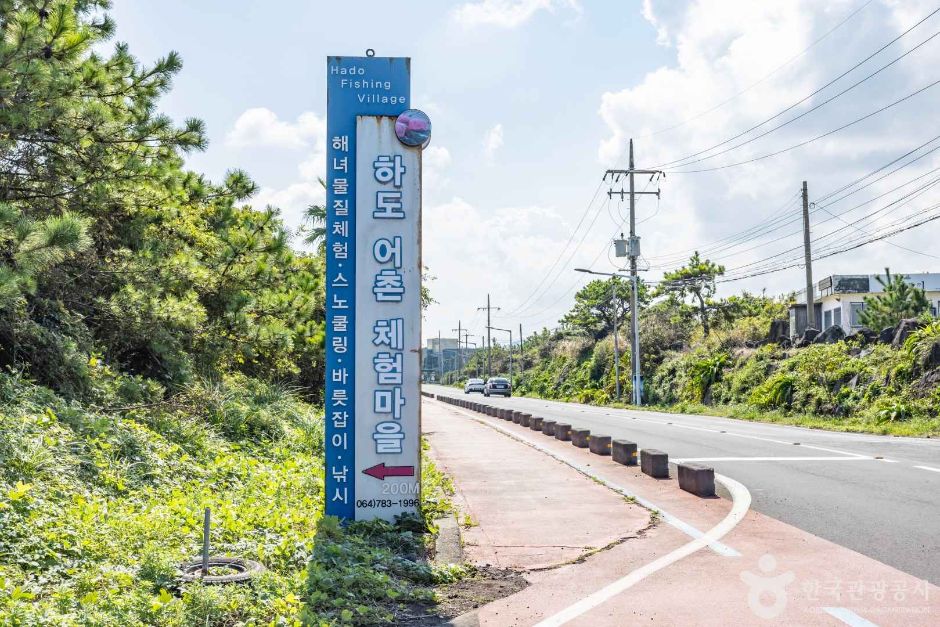
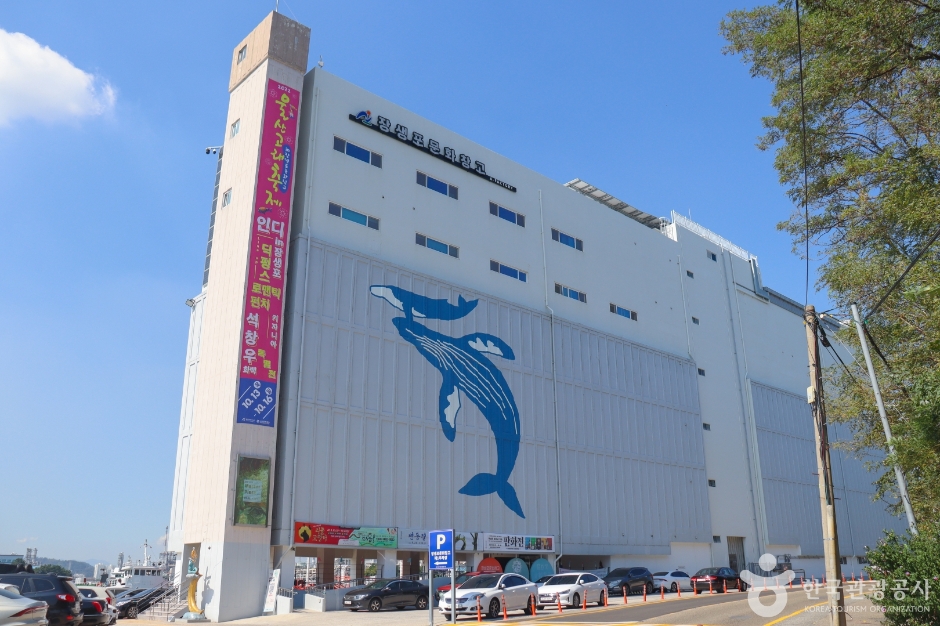
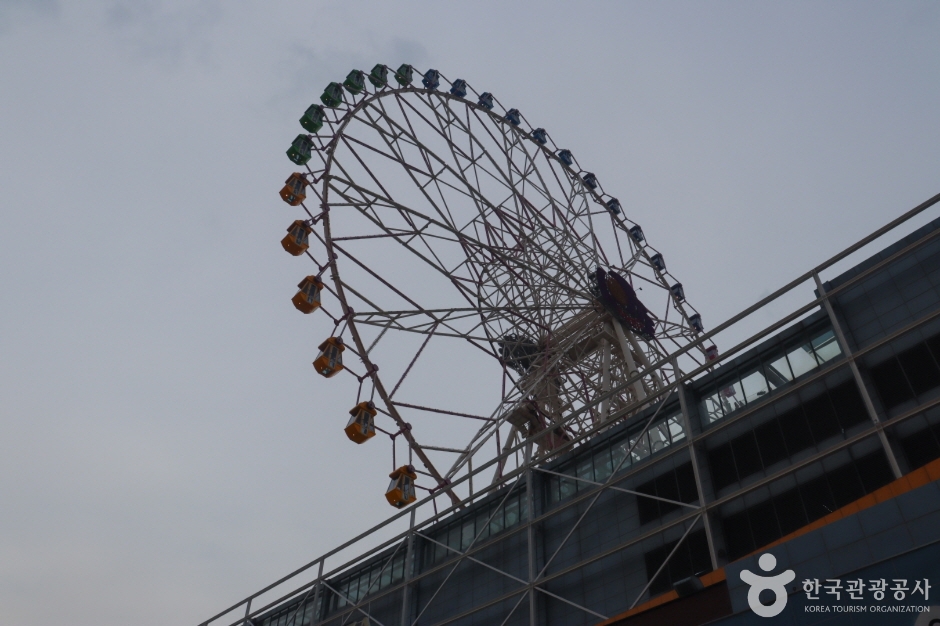

 English
English
 한국어
한국어 日本語
日本語 中文(简体)
中文(简体) Deutsch
Deutsch Français
Français Español
Español Русский
Русский